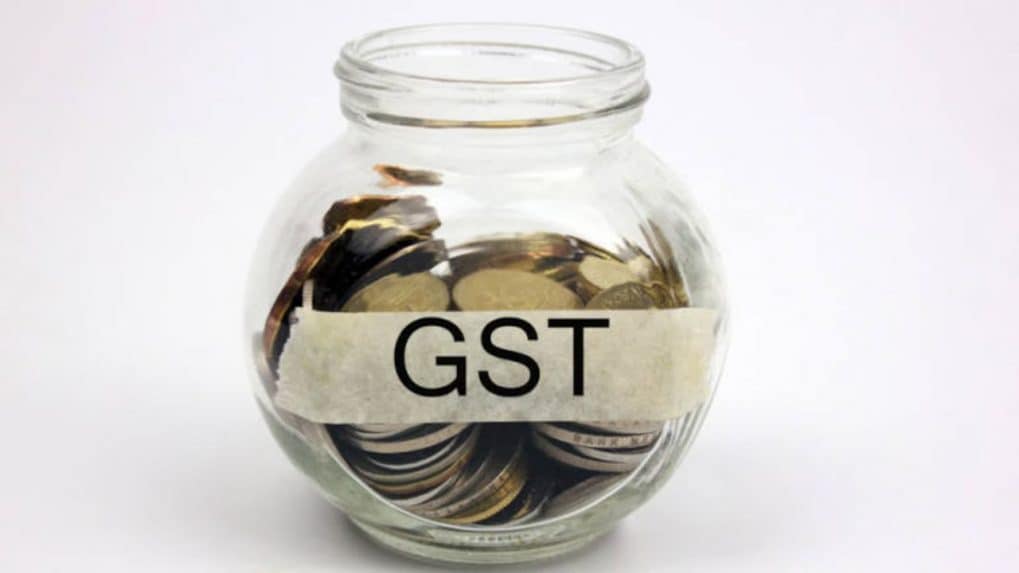How it Works
Tech layoffs 2025: The biggest job cuts in Silicon Valley and beyond

In a bold assertion of tax authority and digital sovereignty, the Indian government is reportedly accelerating its campaign to bring foreign digital service providers under the ambit of Goods and Services Tax (GST). The move, targeting providers of Online Information and Database Access or Retrieval (OIDAR) services like streaming, gaming, cloud, and advertising, marks a significant escalation in India’s efforts to enforce tax compliance on global tech firms operating in the country without a physical presence.
The push comes amid increasing concerns over tax asymmetry.
“The Indian government is tackling the long-standing problem of uneven tax compliance among international businesses by focusing on OIDAR services, which include streaming, gaming, and cloud platforms,” said Siva Balakrishnan, Founder and CEO at Vserve. “It’s an essential step toward fiscal sovereignty, but it must be tempered with encouraging innovation and avoiding onerous regulations.”
With the GST rate set at 18%, enforcement efforts have intensified since late 2023. Authorities have issued retrospective notices to nearly 70 companies, including digital behemoths like Netflix, Meta, and Spotify. These notices, covering unpaid taxes since 2017, have sparked legal resistance from the platforms.
“The legal strategy would merit a nuanced approach,” noted Hardeep Singh Chawla, tax lawyer specializing in international tax. He explained that many companies argue their operations before October 2023 didn’t fall within the GST’s scope due to human intervention or personal consumption exemptions, which have since been withdrawn.
Although he warns this will increase the cost of doing business in India and drive up the price of the said service, which would ultimately be recouped from Indian users.
Industry insiders expect the issue to reach India’s Supreme Court, where companies may challenge the retrospective demands as violating principles of tax certainty. “While these companies may challenge the process, they won’t risk being locked out of one of the world’s fastest-growing digital markets,” said Sushant Sadamate, COO and Co-founder of Buzzlab.
A Direct Blow to Digital Ad Ecosystem
Among the sectors most vulnerable to the GST clampdown is digital advertising, where cross-border transactions are common.
“Non-compliance could result in reputational harm, operational restrictions, or frozen accounts,” Balakrishnan warned. Ad agencies, especially smaller ones, may find themselves squeezed between rising compliance costs and client expectations.
According to Aman Narula, COO at Mad Influence, “It’s crucial for such firms to stay informed and compliant with Indian tax laws,” as operational restrictions and reputational risks loom large.
The digital ad industry is already feeling the pressure. The Directorate General of GST Intelligence (DGGI) has already blocked 357 offshore gaming websites and attached 2,400 bank accounts, showing that non-compliant firms risk having their digital assets or financial operations restricted in India.
Content streaming platforms, too, face a dilemma: absorb the GST cost or hike prices.
“Platforms like Netflix or Spotify may need to adjust pricing or risk losing price-sensitive subscribers,” said Balakrishnan.
Big tech players such as Google, Amazon, and Microsoft may have the compliance infrastructure to manage the shift, but even they are bracing for consequences. “We’re not talking about a slap on the wrist,” said Sadamate. “The government can block services, freeze payments, or restrict access to the Indian market entirely.”
The broader concern is a ripple effect across the digital economy. “Advertising giants like Google and Meta face shrinking margins due to 18% GST and the 2% Equalization Levy, raising ad costs and hurting MSMEs,” said Sonam Chandwani, Managing Partner, K S Legal.
Enforcement Timeline and Sectoral Impact
Full enforcement is expected by mid-2026, with the government already deploying a dedicated commissionerate in Bengaluru to fast-track compliance. “The free ride for foreign digital giants was never going to last,” said Sadamate. “India is saying: if you make money here, you pay tax here.”
While the GST levied is uniform, the consequences of non-compliance are not. Firms face penalties of up to 100%, interest charges, asset freezes, and even income tax reassessment proceedings, according to Chawla.
The potential revenue upside for the government is substantial, with projections of Rs 2,000 crore in collections for FY24 from foreign platforms alone. However, there are risks. “The retrospective approach risks painting India as an unpredictable investment destination,” Chandwani cautioned, warning of possible trade retaliation from countries like the U.S.
Beyond Compliance: A Push for Localization
Some experts see this as a turning point in India’s digital policy. “This may push platforms to localize better—not just in content, but in structure, partnerships, and responsibility,” said Rutu Mody Kamdar, Founder of Jigsaw Brand Consultants.
Ultimately, the GST drive is more than a tax move—it’s a recalibration of India’s digital power dynamics.
As the country tightens control over how foreign firms operate and earn in its digital landscape, experts warn businesses must weigh compliance not just as a regulatory requirement but as a license to participate in a billion-strong market.
Today’s B2B marketers wear many hats: strategist, technologist, and storyteller.
Read MoreThe Online Gaming Bill 2025 imposes severe penalties, allows warrantless search and seizure, and empowers a central authority to regulate the digital gaming ecosystem. It is expected to disrupt platforms, payment systems, and advertising in the sector. Here's all you need to know about the bill.